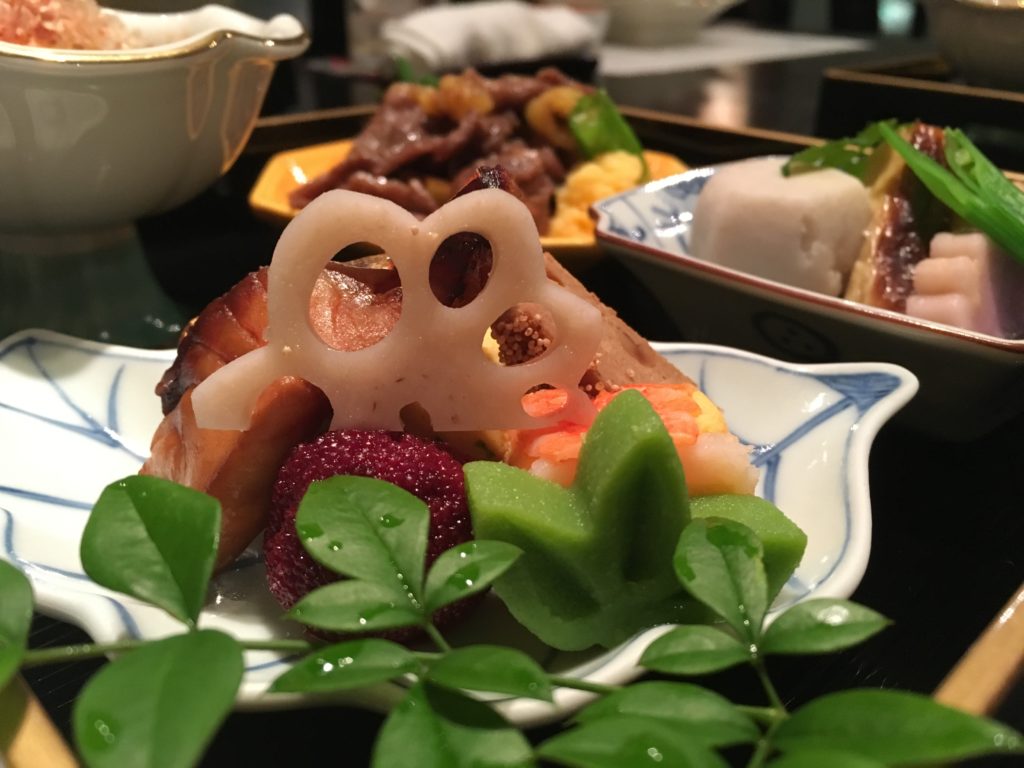Lifelong Benefits of Second Language Learning
Whether you are just thinking of launching into a study of Japanese for yourself or you are in search of a Japanese tutor for your child, some real world validation for your decision is always helpful.
I would like to tell you what I know, as a Montessori-trained educator with a Master’s in education where my thesis was on second-language learning.
Unlike those fortunate children who happen to land in a multilingual home, most of us have to work a bit harder to acquire knowledge of a foreign language. As someone who is trilingual, I can absolutely assure you that learning a different language is a worthwhile endeavor.
Background
As I was pursuing my master’s in education, my primary focus was on learning about the effects on cognitive development in young children of the acquisition and utilization of a second language.
There is a growing trend toward early bilingual education all over. In Portland, Oregon, where I and my family live, there are more than a handful of public and private schools where bicultural and bilingual education are offered. Although the general public appears to be embracing bilingualism more, immersion in second language learning is still considerably limited. Thus, I was determined to find out how it would benefit students at any age to learn a second language. My focus of study was on cognitive and social development in very young students, gained through the mental tasks of learning and grasping different cultural and linguistic environments.
The data gathered from research all over the world from Australia and India to Mexico and San Diego demonstrated a significant impact on children’s cognitive processes when they were taught a second language in their early developmental stages.
Preschool Problem Solving, With Lifelong Benefits
Problem-solving and control over one’s own actions were shown to be significantly improved by bilingualism among preschool-aged children. Bilingualism also appeared to compel children to maintain their attention at high levels in order to comprehend information presented to them in multiple languages. These problem-solving and self-control improvements give students skills that will help them throughout their entire lives.
Cognitive Improvement in Native Language
One study in particular showed that bilingual children gained a distinct advantage in learning to read better in their first language as they improved in their second language, compared to monolingual speakers. The study made a very convincing case as well that bilingual children surpassed monolingual children in all memory recall tasks. If this is true in smaller children, then it will certainly be true to an extent for elementary and high school and college students, and adults as well.
Can young children learn a second language without much struggling? What about adults?
This is the point when you truly need a language instructor who is passionate about converting an abstraction such as “language” or “words” into a concrete, tangible reality. This concept is strongly illustrated in the case of how the blind, deaf and mute Helen Keller first really connected to the world when her teacher Sullivan poured water on Helen’s hand and repeatedly told her “WATER, WATER, WATER…” as the girl was physically sensing water running down her skin.
Active Learning
Language is nothing but a pile of symbols and sounds until it is connected with reality. I strive to guide all my students through the process of learning a foreign language by employing all five senses, as well as including movements and actions. This method works brilliantly for adults, and especially for children. One of the most successful activities I have had with my students is with the concrete act of cooking, where language (learning) is made tangible and immediate through the process of making and eating food. It is limitless what you can gain through this hands-on experience. You are not restricted to a confusing list of vocabulary words you have no real connection to; touch, sight, smell, sound, and taste are all used so that the reality around you can be connected to the language.
Cultural Learning
I also believe language is a strong representation of culture. If you learn something about the people whose language you are learning, you can not only enrich your own perceptions, but also begin to think more in that language. So, in my work with students, no matter their age or what environment we are in, I put a great emphasis on sharing Japanese culture, including tea, music, origami, calligraphy, films, traditions, holidays, and so on. I also like to introduce and discuss Japanese proverbs and expressions that show how our culture has been shaped and handed down from generation to generation. In addition, these lessons often lead to mutually beneficial, animated conversations among participants.
It is a well-known fact that as you become fluent in a second language, you are also opening the door to further languages. You no longer see things using only one set way of thinking, but have internalized different languages and thought processes like a Swiss Army Knife. If you are already bilingual, starting Japanese as your third language should require much less initial effort than the second language.
I Can Help
If this is your first foray into a second language, and if you are ready to make a commitment, you have arrived at the right place, because you have found someone who understands the challenges and is eager to bring you the joy of learning Japanese. I would be more than happy to accompany you on the road to success.
日本語で話しましょう!Nihongo de Hanashimasho – Let’s talk in Japanese!

